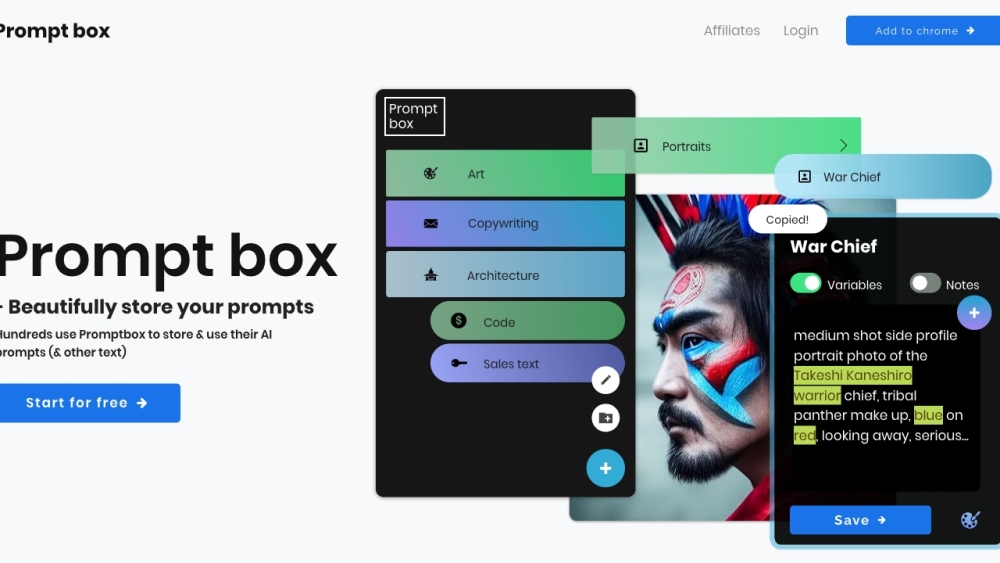Meetings can be a major time drain, with U.S. workers spending an average of eight hours per week in them, depending on their industry and location, according to a 2022 poll by Deputy.com. This productivity loss has led to a rise in the use of AI summarization tools. In a recent survey by The Conference Board, nearly half of marketers reported using AI to streamline the summarization of emails, conference calls, and more.
While many videoconferencing platforms have introduced built-in summarization features, David Shim believes there’s still a need for third-party solutions. Shim is the co-founder of Read AI, a tool that summarizes video meetings across popular platforms like Zoom, Microsoft Teams, and Google Meet. Previously the CEO of Foursquare, Shim launched Read AI in 2021 alongside co-founders Rob Williams and Elliott Waldron, leveraging their collective experience from Foursquare and other tech ventures.
“Read AI competes with traditional project management tools that rely on manual note-taking,” Shim explained. “Instead of being a co-pilot, Read acts as an autopilot, delivering personalized content that enhances your work efficiency.”
Initially focused solely on video meetings, Read AI provided dashboards to assess meeting performance and offered concise two-minute summaries of hour-long calls. Following a successful $21 million funding round led by Goodwater Capital and Madrona Venture Group, Read AI is now expanding into email and message summarization.
In its “soft launch,” Read AI connects to Gmail, Outlook, and Slack, in addition to videoconferencing services, to learn user preferences. Within 24 hours of integration, the platform delivers daily briefings that include summaries, AI-generated takeaways, and updates on key topics in chronological order. Read AI offers its service at a monthly fee ranging from $15 to $30.
“What sets Read apart is its ability to provide connected intelligence that integrates meetings, emails, and messages seamlessly,” Shim stated. “Our AI can condense 50 emails from 10 recipients into a single, coherent summary, empowering users with actionable insights tailored to their specific needs.”
Despite Shim’s confidence, I remain skeptical about the reliability of AI-driven content summarization. Read AI utilizes generative AI to distill information from meetings and messages. However, tools like ChatGPT and Microsoft’s Copilot often make errors in summarization due to their tendency to hallucinate or fabricate details. For instance, a recent article in The Wall Street Journal noted that an early adopter of Copilot reported false details, including nonexistent meeting attendees and fabricated discussion topics.
What differentiates Read AI’s tool? Shim asserts that it employs a unique methodology to align raw content with language model outputs, minimizing discrepancies. “We leverage meeting content to provide context for emails and messages, reducing uncertainty and enhancing accuracy,” he explained, although he did not share specific benchmark results to validate these claims.
Instead of benchmarks, Shim focused on the potential productivity gains that tools like Read AI can deliver. “If you’re running late or double-booked, instead of rescheduling, Read can attend the meeting on your behalf and provide you with a detailed summary and actionable items,” he affirmed. He also emphasized that Read AI protects user data, as it does not use customer information to train its models, ensuring users maintain full control over the content shared through the platform. “AI is helping knowledge workers regain focus by saving them hours each day.”
However, Read AI has faced scrutiny, particularly regarding its sentiment analysis feature, which interprets vocal and facial expressions of meeting participants. Privacy advocates have raised concerns about potential bias and data security risks associated with this technology. Research has shown that sentiment analysis algorithms can exhibit racial and gender biases, misinterpreting expressions based on demographic characteristics.
Notably, Shim views Read’s sentiment analysis capabilities as a competitive strength, emphasizing that users can disable this feature at any time, and that analysis data is automatically deleted from their servers to enhance privacy. “Our multimodal model allows Read to factor in non-verbal cues when summarizing meetings,” he said. “For instance, if a startup’s pitch generates frowns or head-shakes, Read captures this reaction, creating a tailored engagement profile for each participant.”
Regardless of differing opinions on its accuracy, Read AI’s recent success is evident. With $32 million in funding and a 500,000-user increase in just one quarter, the company has gained traction. Based in Seattle, Read AI plans to double its workforce to over 40 employees by year’s end, leveraging their newfound capital.
“In light of a broader industry slowdown, Read AI has experienced continued growth in user engagement, meeting participation, and revenue,” Shim noted. “This growth can be directly linked to the measurable time savings our users achieve with Read AI.”




